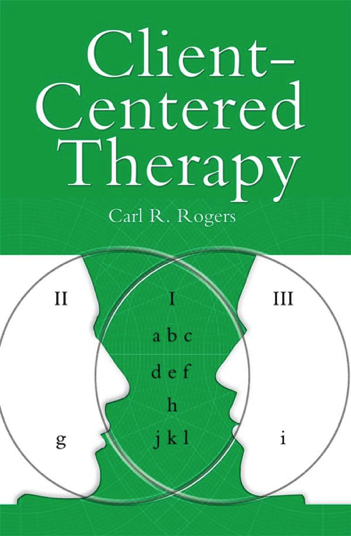Client Centered Therapy
What is Client Centered Therapy?
Client Centered Therapy, also known as Client Centered Counseling or Person Centered Therapy, was developed in the 1940s and 50s as a response to the less personal, more “clinical” therapy that dominated the field.
It is a non-directive form of talk therapy, meaning it allows the client to lead the conversation and does not attempt to steer the client in any way. Its approach rests on one vital quality: unconditional positive regard. This means that the therapist refrains from judging the client for any reason, providing a source of complet acceptance and support (Cherry, 2017).
There are three key qualities that make for a good client centered therapist:
1 Unconditional Positive Regard: as mentioned earlier, unconditional positive regard is an important practice for the client centered therapist. The therapist needs to accept the client for who s/he is and provide support and care no matter what s/he is going through.
2 Genuineness: a client centered therapist needs to feel comfortable sharing his or her feelings with the client. Not only will this contribute to a healthy and open relationship between the therapist and client, it provides the client with a model of good communication and shows the client that it’s okay to be vulnerable.
2 Empathetic Understanding: the client centered therapist must extend empathy to the client, both to form a positive therapuetic relationship and to act as a sort of mirror, reflecting the client’s thoughts and feelings back to him or her; this will allow the client to better understand him- or herself.
Another notable characteristic of person - or client centered therapy is the use of the term “client” rather than “patient.” Therapists who practice this type of approach see the client and therapist as a team of equal partners rather than an expert and a patient (McLeod, 2015).

